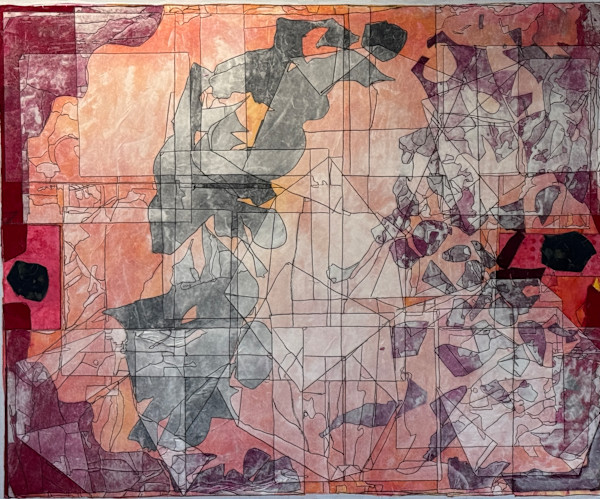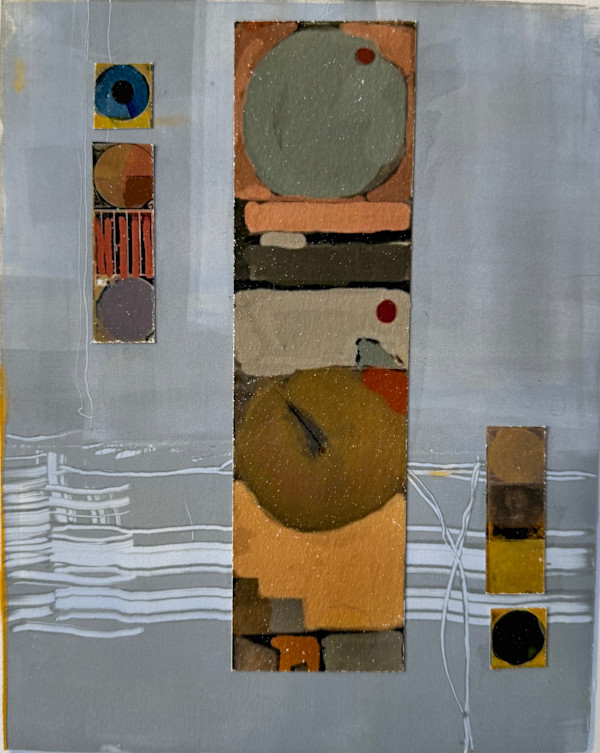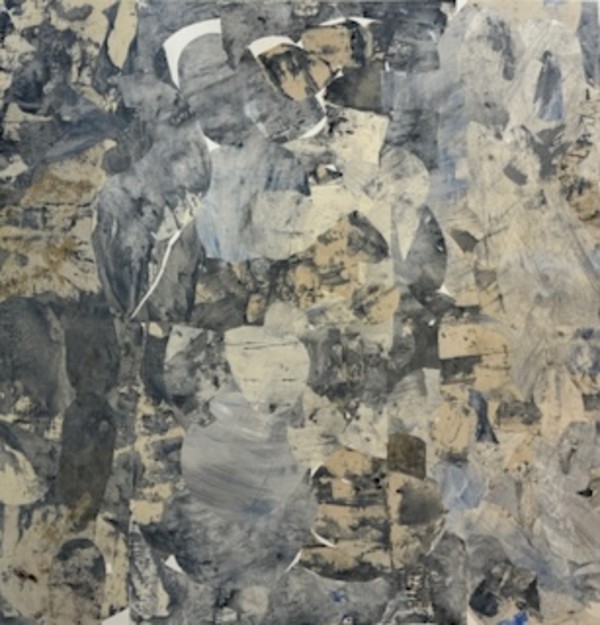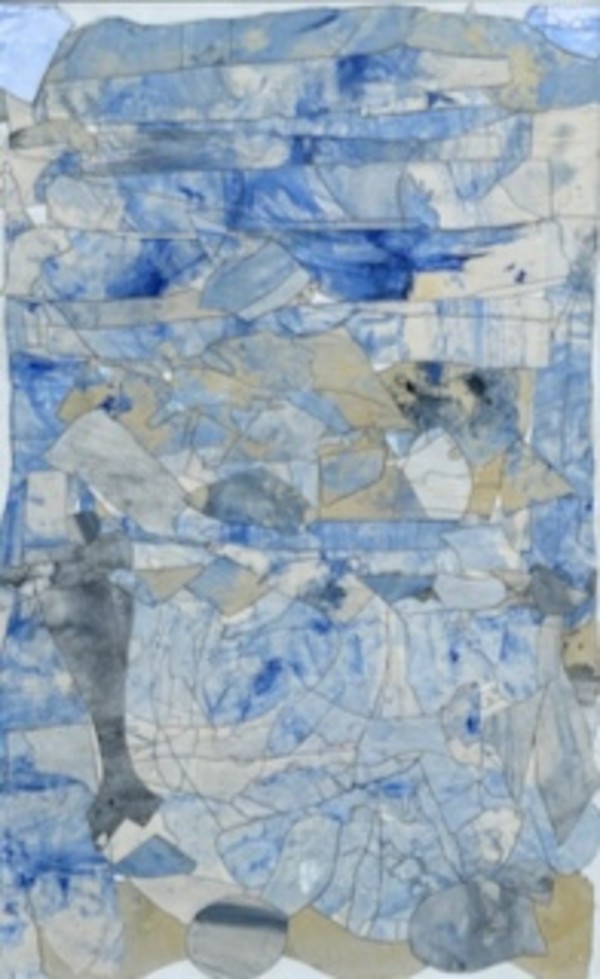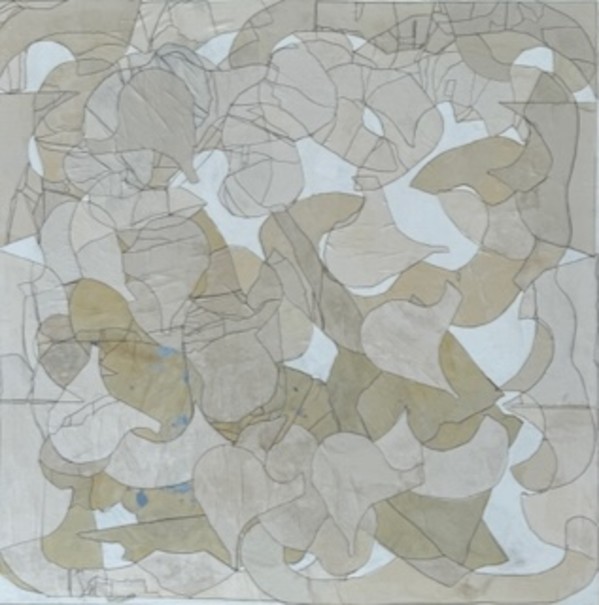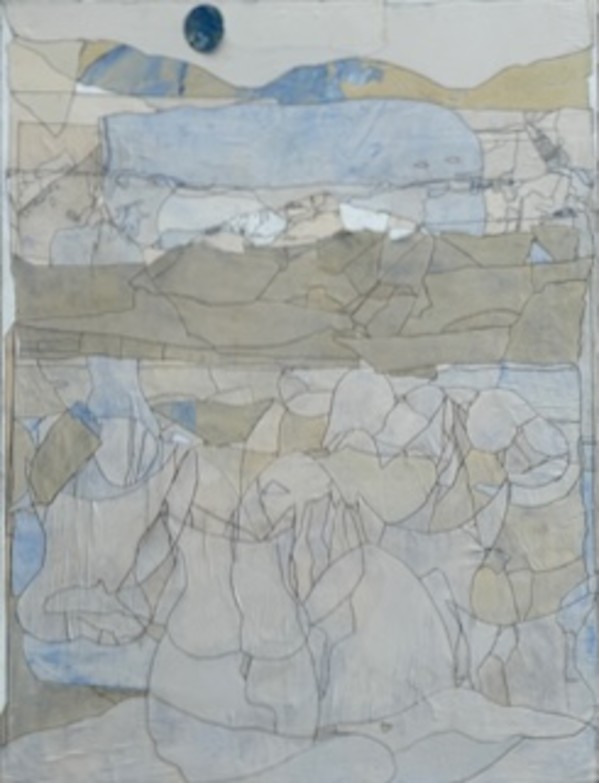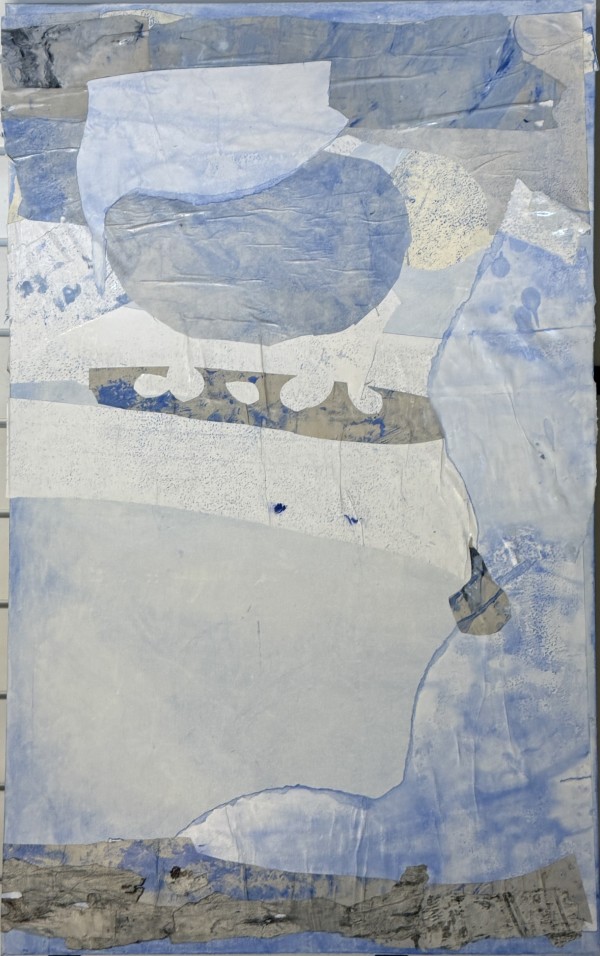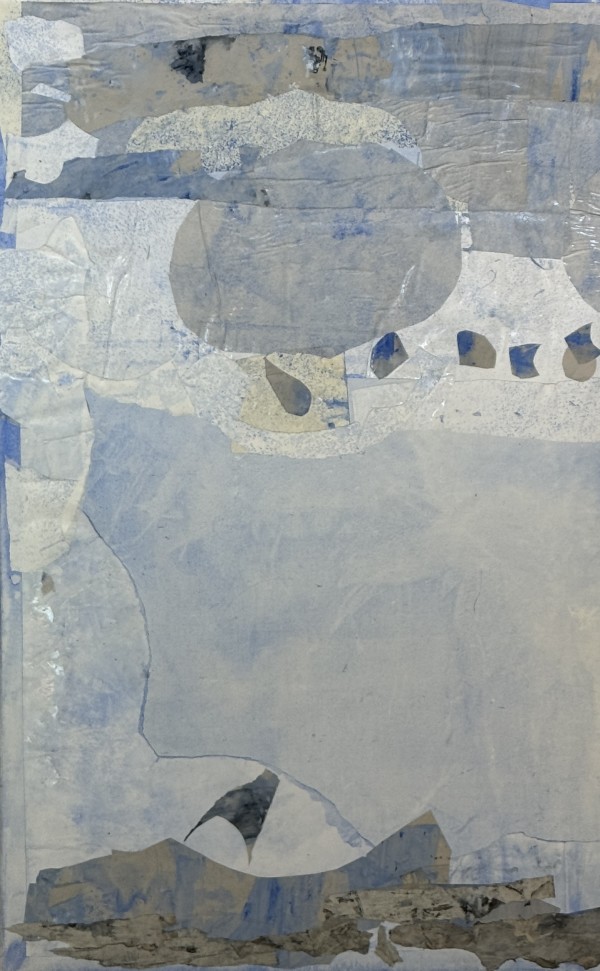
Fugue: Hope Springs draws its structural rhythm from J.S. Bach’s Two-Part Inventions — works that balance discipline and spontaneity, intellect and emotion. In this painting, interwoven layers of ochre, grey, ivory, and black form a contrapuntal field: each gesture answers another, each tone carries a quiet voice within a larger harmony.
The composition unfolds like a musical conversation — fragments recurring, shifting, overlapping — where the eye follows motifs that appear, dissolve, and return transformed. Light moves through the surface as a kind of harmonic modulation, suggesting both order and renewal.
Within The Condition of Music series, Fugue: Hope Springs stands as an expression of resilience — structure as a vessel for feeling. Just as Bach’s inventions reveal emotion through precision, this work finds lyricism in repetition and grace in restraint. The rhythmic architecture of the fugue becomes a metaphor for persistence: a layered meditation where abstraction itself becomes a kind of music — deliberate, hopeful, and alive with inner motion.
- Collections: Portsmouth Solo - June 2024, Rock/Paper/Scissors , The Condition of Music

